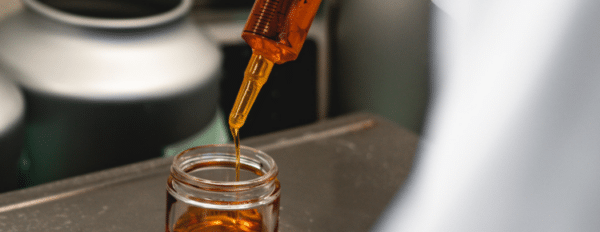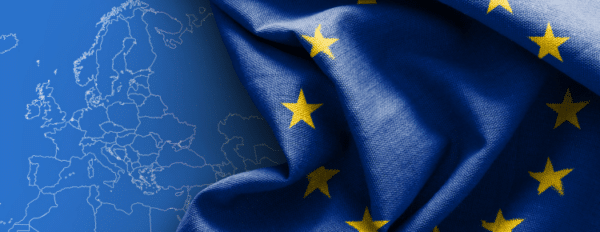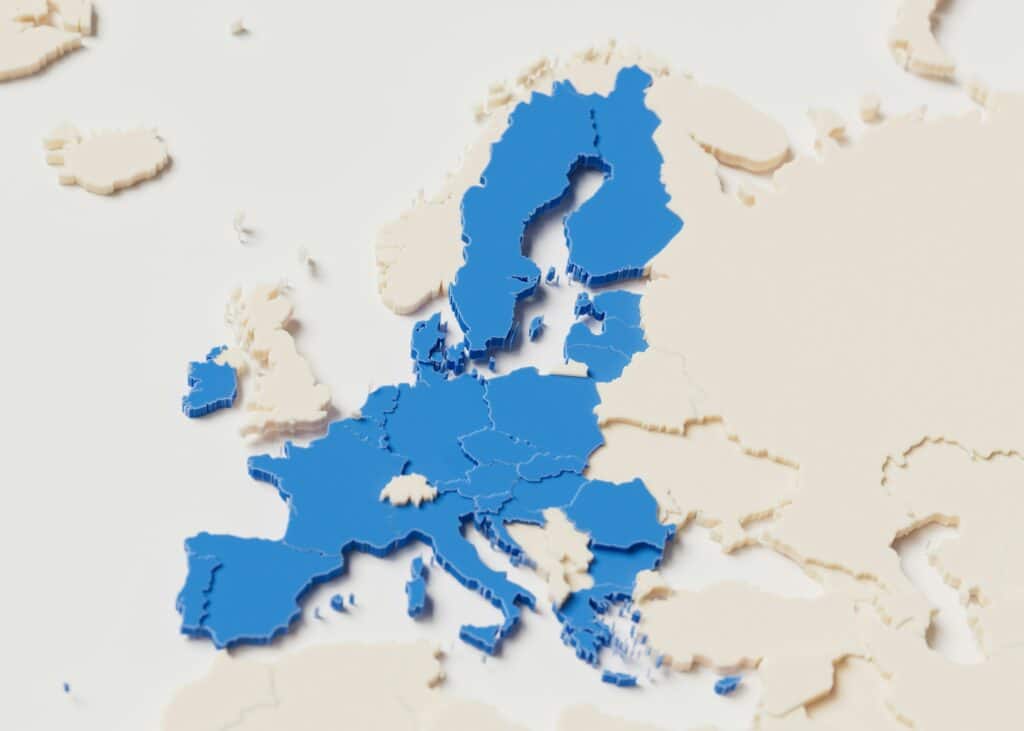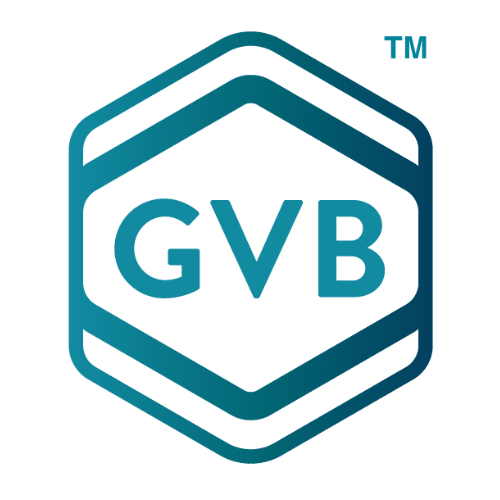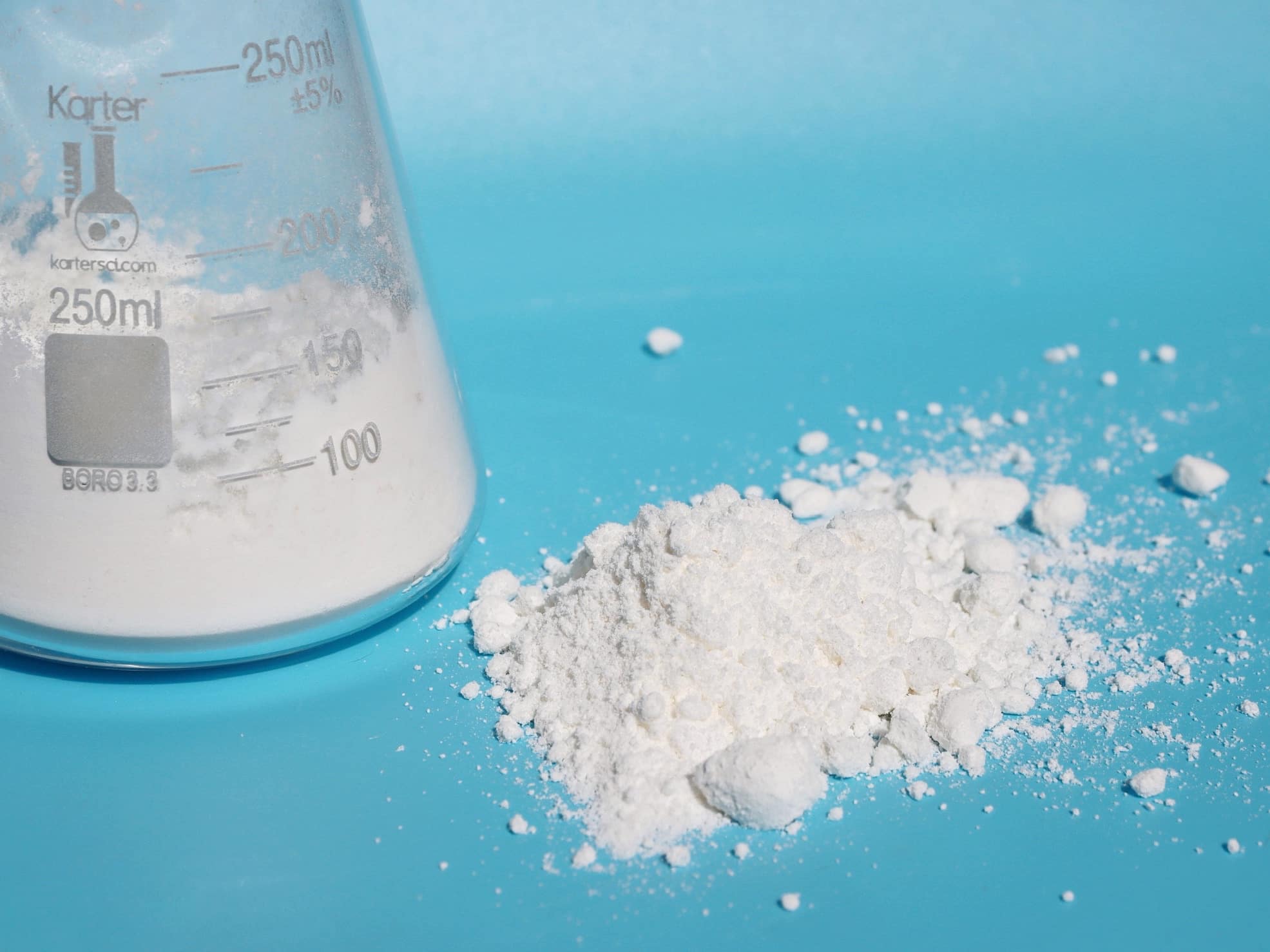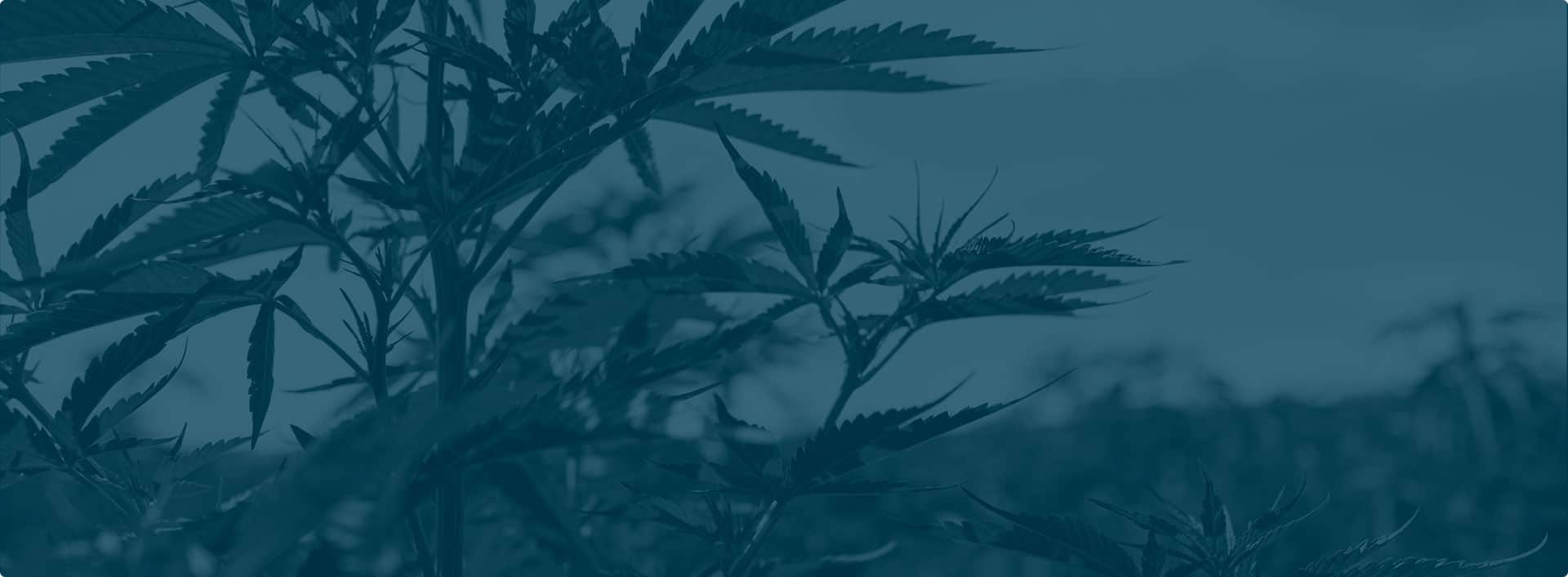The closer you look at cannabis, the more compounds appear. Cannabifuran (CBF) may be one of the least-known cannabinoids, but that by no means suggests it’s unimportant.
Recently, research into CBF has picked up steam, indicating that this cannabinoid may soon enter the mass market. In preparation for the inevitable popularity of CBF and cannabinoids like it, familiarize yourself with all the pertinent details regarding CBF in this guide.

What is the cannabinoid CBF?
The cannabinoid Cannabifuran (CBF) is believed to naturally emerge¹ in Cannabis sativa, but researchers believe it only appears in trace amounts. However, this claim remains uncertain, as few records document its extraction directly from cannabis. Instead, scientists synthesize almost all available CBF from other cannabinoids, typically CBD, due to its scarcity in raw cannabis.
Though less familiar than cannabinoids like CBD and THC, CBF has recently captured the interest of cannabis researchers. Unlike more common cannabinoids, CBF’s minimal presence in cannabis makes extraction challenging, so researchers rely on lab synthesis to study CBF’s unique structure and potential effects. This method allows early insights, though significant gaps remain in understanding how CBF interacts with the human body.
Current research on CBF’s effects is limited, but its chemical structure diverges significantly from both THC and CBD. Some scientists theorize that CBF acts as a metabolite of THC, suggesting it might carry mild intoxicating effects. Positioned at the forefront of cannabis science, CBF calls for a curious, open approach to uncover its pharmacological profile and potential applications.
The cannabis and pharmaceutical industries play a crucial role in advancing CBF research. While the global scientific community has only begun to explore this cannabinoid, private producers have synthesized CBF since the 1980s². Decades of exploration give these producers insights into CBF’s role within the broader cannabinoid pharmacopeia, laying groundwork for future studies and potential therapeutic uses.
Origins
It is possible that CBF may emerge under natural circumstances in cannabis. Then again, it may not. In the cannabis and pharmaceutical industries, CBF is typically produced by converting CBD—a common process for creating rare cannabinoids.
Structure
At a glance, CBF looks relatively similar to CBD. Present in both cannabinoids are the trio of cyclic rings that make up the body accompanied by an alkyl chain tail. CBF nearly makes a fourth cyclic ring, however, with an additional oxygen bond while one of the rings present in CBD has lost its complete structure. Researchers speculate that these significant structural differences may explain the unique effects reported with CBF ingestion.
Effects
Use of CBF remains scant both in the context of recreational consumption and scientific research. Based on the highly limited anecdotal accounts available on social media and elsewhere online, however, CBF appears to provide an effect profile that draws equally from the commonly reported effects of CBD, CBG, and THC. Further research is needed to determine how CBF affects the human body.
What does CBF do?
The exact pharmacokinetics of CBF remain relatively speculatory. While individual producers of the cannabinoid may be reasonably confident they know how the cannabinoid works in the human body, CBF remains relatively unresearched, so there are few studies to turn to for support.
Overall, it’s safe to say that CBF offers experienced effects that land somewhere between those of CBD and THC. As regards any unique medical benefits CBF may or may not offer, it’s necessary to wait for the research to come in before making any conclusive statements.
Is CBF the same as CBD?
No, CBF and CBD are quite different in a variety of ways. The chemical structures of the two cannabinoids are indisputably unique, for instance, and one substance is far more available than the other. Speaking of availability, though, scientists hope that altered cannabinoids like CBF may solve bioavailability issues inherent to most natural cannabinoids.
CBF vs. CBD
Even if it’s hard to make definitive statements regarding the practical utility of CBF, we can still delineate how the cannabinoid is different from CBD. Let’s compare the two cannabinoids across eight crucial categories:
Source
CBD is the second most-abundant cannabinoid in Cannabis sativa. CBF, on the other hand, is so rare that it is unclear whether it naturally occurs in cannabis at all.
It’s possible to source CBD from practically any hemp or cannabis plant. However, to obtain usable quantities of CBF, it must be produced in a lab.
Structure
CBF appears to be more structurally similar to CBD than it is to most cannabinoids. However, the two cannabinoids remain considerably structurally different, implying that it is highly likely they interact with different systems in the body.
Effects
From an official standpoint, the effects of CBF remain relatively unknown. Cannabinoid producers and others who have used the cannabinoid indicate that it offers experienced effects that are reminiscent of a slightly more psychoactive form of CBG. Every cannabinoid has unique beneficial properties, but CBF’s specific benefits have yet to be determined.
Potency
It’s safe to say that CBF feels more potent than CBD in terms of experienced effects. It will likely feel less potent than THC for most users, though.
Bioavailability
Bioavailability is one of the chief concerns when developing cannabinoids like CBF. Natural cannabinoids often provide a base bioavailability of 30% or lower, which means the body excretes most of the cannabinoid molecules before breaking them down and absorbing them.
CBF researchers commonly speculate that this and similar cannabinoids may eventually be used to solve bioavailability gaps in hemp and cannabis products. It remains unproven that CBF provides better bioavailability than CBD in practice as well as in theory, though.
Legality
CBF, like most cannabinoids other than delta-9 tetrahydrocannabinol (delta-9 THC), is generally classified as industrial hemp rather than the Schedule I drug ‘marijuana.’ Therefore, CBF should be treated similarly to CBD, CBG, and other recently popular ‘hemp cannabinoids.’
There is the usually converted status of CBF to consider, though. Government agencies have indicated that they may view converted or synthesized cannabinoids differently from purely natural cannabinoids like CBD or CBG. That’s an additional consideration to keep in mind when considering the legal and regulatory status of CBF.
Safety
The comparative safety of CBF relative to other cannabinoids remains highly speculative. Consider factors like CBF’s rough structural similarity to cannabinoids deemed fit for human consumption, as well as the inherent safety concerns that arise when substances are converted or synthesized.
Availability
Relative availability is one of the starkest differences between CBF and CBD. At this point, CBD has essentially become a mainstream commodity. Any continued lack of availability or inflated pricing is simply due to a by-the-numbers continued state of regulatory dysfunction — the general public has embraced CBD, and it was always abundant in cannabis and hemp anyway.
Cannabifuran, by contrast, is so rare that it remains relatively unknown despite being discovered more than 40 years ago. To fill this void, certain manufacturers are beginning to offer CBF products online in bulk. It will be quite some time, though, before CBF is available as plentifully as CBD or in as many product types.
Where to buy CBF in bulk
As you peruse the scarce sources of the cannabinoid (CBF) Cannabifuran currently available online, it’s important to run through a simple mental checklist:
1. How long has the CBF producer been in business?
2. Did they start as a CBD producer?
3. What other products do they make?
4. How large does the business appear to be?
5. How certified are they?
6. How responsive is their customer service staff?
Since it still exists in a somewhat liminal regulatory state, the cannabinoid industry continues to harbor certain producers whose operations fall short of optimal safety standards. Don’t let them cast a shadow on genuinely reliable cannabinoid producers who make it their mission to bring safe, clean forms of CBF and other cannabinoids to market at fair prices.
Summary: Why is CBF worth a try?
The newness of CBF is a double-edged sword. On the one hand, now is the time to corner a market that may one day expand massively. On the other, CBF remains relatively unknown, and due to a lack of research and public awareness, drawing attention to CBF products will present new challenges.
Since its inception, though, the cannabinoid industry has thrived by pushing past convention and bravely sharing the secrets of cannabis and hemp with the world. Embracing a wider range of cannabinoids is the next logical step in the evolution of the hemp industry — who will history remember as the names who first brought the benefits of CBF to light?
CBF FAQ
Let’s finish out our inquiry into the emerging cannabinoid CBF in the FAQ section below:
1. What is the difference between CBD and CBF?
In addition to inherent structural differences, CBD and CBF are also different from each other in terms of availability and experienced effects. CBD is one of the most available cannabinoids in the world while CBF is extremely rare. Also, CBD is entirely non-intoxicating while CBF, as a THC derivative, is believed to have at least some intoxication potential.
2. Is CBF a natural cannabinoid?
It is unclear whether or not CBF is a natural cannabinoid. Some sources indicate that the cannabinoid is found in certain rare cannabis phenotypes, but this claim is unproven. All available CBF was converted from another cannabinoid.
3. Does CBF affect your CB1 receptors?
There is no indication that CBF affects your CB1 receptors, the primary neuroreceptors responsible for the intoxicating effects of cannabis. However, this could simply be a false perception caused by a lack of information on the cannabinoid. To determine the impact of CBF on CB1 and other neurochemical systems in the brain and body, more research must be done.
Sources
1. PubChem. (n.d.). Cannabifuran. PubChem. https://pubchem.ncbi.nlm.nih.gov/compound/Cannabifuran#%3A%7E%3Atext=Cannabifuran+is+a+natural+product+found+in+Cannabis+sativa+with+data+available.
2. Novák, J., & Salemink, C. A. (1983). Cannabis XXVI. Total synthesis of cannabifuran. Tetrahedron Letters, 24(1), 101–102. https://doi.org/10.1016/s0040-4039(00)81338-6
3. Banerjee, A. R., Hayward, J. J., & Trant, J. F. (2023). “Breaking bud”: the effect of direct chemical modifications of phytocannabinoids on their bioavailability, physiological effects, and therapeutic potential. Organic and Biomolecular Chemistry, 21(18), 3715–3732. https://doi.org/10.1039/d3ob00068k

